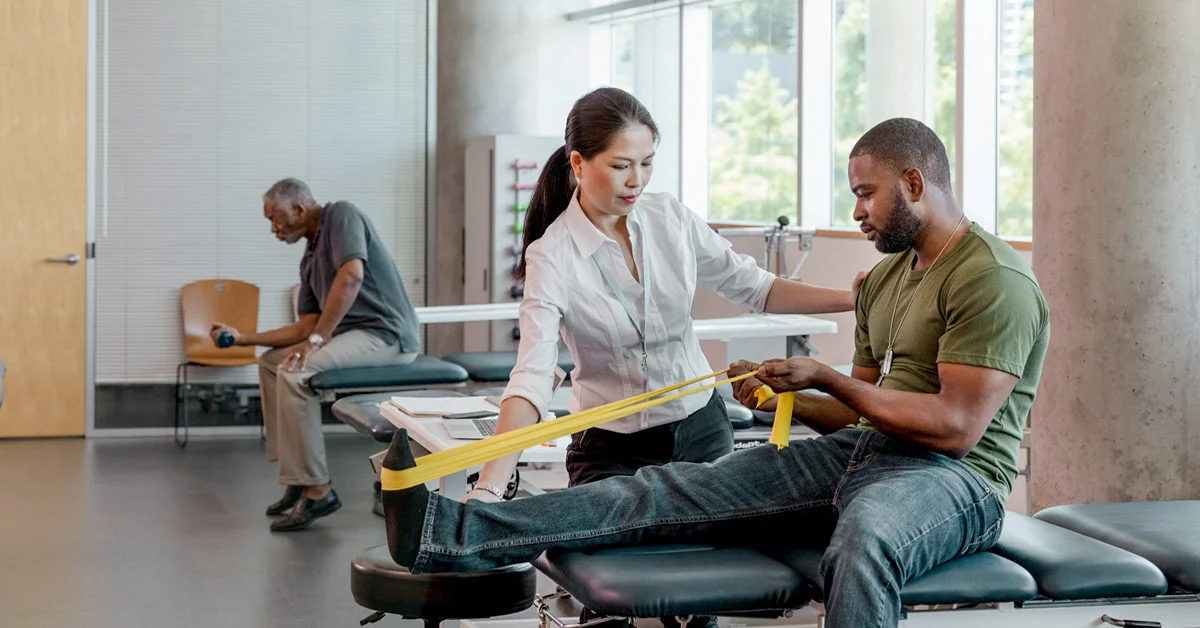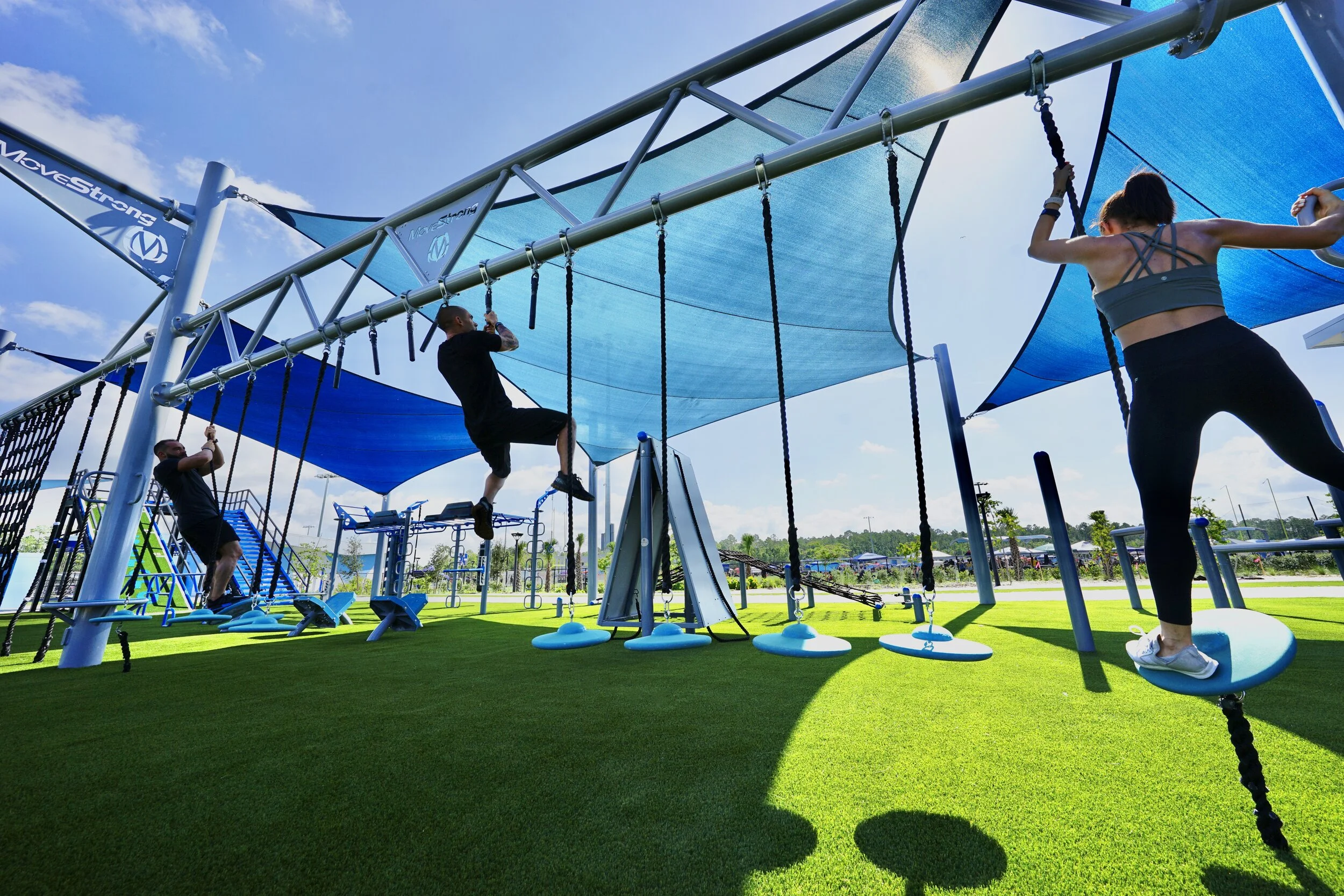Physical therapy plays a critical role in the rehabilitation process following orthopedic surgery. Orthopedic surgery is a branch of surgery that deals with the diagnosis, treatment, and prevention of injuries and diseases of the musculoskeletal system, which includes bones, joints, ligaments, tendons, muscles, and nerves. Physical therapy is a non-invasive and non-pharmacological approach that helps patients regain strength, range of motion, and function following orthopedic surgery. Physical therapy rexburg.
Physical therapy begins immediately after surgery, with the primary goal of reducing pain and inflammation. This is achieved through the use of modalities such as ice, heat, ultrasound, and electrical stimulation. These modalities help to reduce swelling, pain, and muscle spasms, allowing patients to begin their rehabilitation program as soon as possible.
Once the acute phase of healing is over, the focus of physical therapy shifts to increasing range of motion and strength. This is done through a variety of exercises and techniques such as stretching, range of motion exercises, and progressive resistance exercises. Stretching exercises help to improve flexibility and reduce muscle tension, while range of motion exercises help to improve joint mobility. Progressive resistance exercises help to increase muscle strength, endurance, and power.
Physical therapists also use various manual therapy techniques such as joint mobilization, soft tissue mobilization, and myofascial release to help improve mobility and reduce pain. Joint mobilization is a technique used to improve joint mobility by applying a gentle force to the joint. Soft tissue mobilization is a technique used to improve the mobility of muscles, tendons, and ligaments by applying pressure to the soft tissue. Myofascial release is a technique used to help release tightness in the fascia, which is the connective tissue that surrounds muscles.
Physical therapists also teach patients how to use assistive devices such as crutches, canes, or walkers to help them move around safely and independently. They also teach patients how to perform activities of daily living (ADLs) such as dressing, grooming, and bathing safely, to ensure that they can resume their normal activities as soon as possible.
Physical therapists also work closely with orthopedic surgeons to monitor the patient’s progress, and to make any necessary adjustments to the rehabilitation program. They may also provide patients with home exercise programs to continue their rehabilitation process at home.
Physical therapy plays a critical role in the rehabilitation process following orthopedic surgery. It helps to reduce pain and inflammation, increase range of motion and strength, improve mobility, and teach patients how to safely perform ADLs. Physical therapists work closely with orthopedic surgeons to monitor the patient’s progress and make any necessary adjustments to the rehabilitation program. By working together, physical therapists and orthopedic surgeons can help patients regain their strength, range of motion, and function following orthopedic surgery, and return to their normal activities as soon as possible.
In conclusion, physical therapy plays a critical role in the rehabilitation process following orthopedic surgery. It helps to reduce pain and inflammation, increase range of motion and strength, improve mobility, and teach patients how to safely perform ADLs. Physical therapists work closely with orthopedic surgeons to monitor the patient’s progress and make any necessary adjustments to the rehabilitation program. By working together, physical therapists and orthopedic surgeons can help patients regain their strength, range of motion, and function following orthopedic surgery, and return to their normal activities as soon as possible.





Leave a Reply